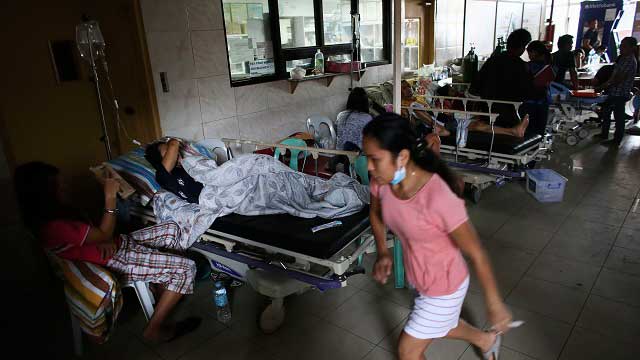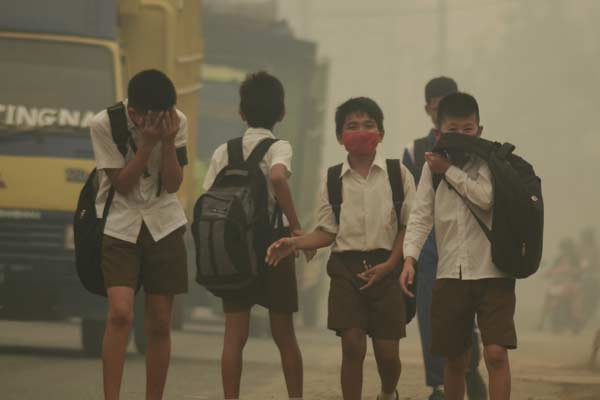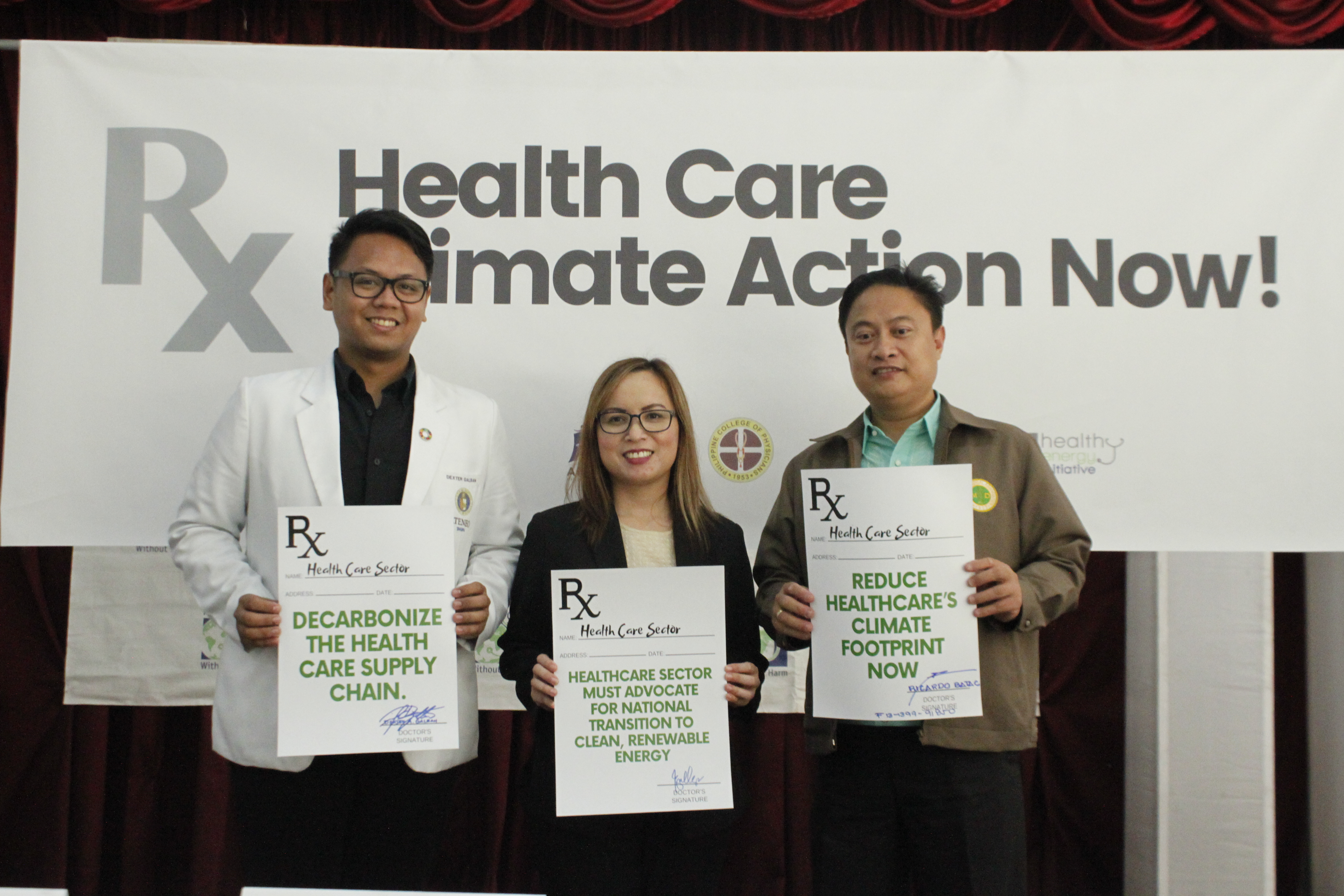Climate Change and Health Program

rappler.com
Southeast Asian countries are highly vulnerable to climate-related hazards such as droughts, cyclones, sea level rise, floods and landslides, according to a published report1 by the International Development Research Center (IDRC)1. In addition, six (6) countries from Asia namely Myanmar, Philippines, Bangladesh, Pakistan, Vietnam and Thailand are among the most vulnerable nations in the world according to the Top 10 Global Climate Risk Index2.

Credits to Climate Change Vulnerability Mapping for Southeast Asia by Arief Anshory Yusuf & Herminia A. Francisco
Climate-related disasters pose a huge threat to the continuity of service of hospitals; if they are not prepared in terms of infrastructure, operations and procurement, it can translate to service interference at a time when they are highly needed. Thus, becoming climate-smart is a necessity for hospitals and other health facilities in an era of extreme weather events.
More than this, public health is greatly affected by the drastic change in climate conditions. According to a report3 by WHO, climate change is expected to cause 38 000 deaths due to heat exposure in elderly people, 48 000 due to diarrhea, 60 000 due to malaria, and 95 000 due to childhood undernutrition.

HCWH'S CLIMATE AND HEALTH PROGRAM IN SOUTHEAST ASIA
Health Care Without Harm’s Climate Program works to align the health care sector with the ambition of the Paris Agreement while meeting global health goals through three core strategies: 1) mitigation: reducing the sector’s climate footprint and putting it on a trajectory toward zero emissions; 2) resilience: fostering climate resilient hospitals, health centers and communities; and 3) leadership: mobilizing health care’s ethical, economic, and political influence to advance the transition to zero emissions, healthy and equitable future.

This program works with various healthcare stakeholders in Southeast Asia, HCWH’s international climate team, as well as Health Care Without Harm’s external partners and allies to support the adaptation and/or development of tools and resources for health care climate mitigation and resilience in the region, as well as subnational, national, and regional action plans to integrate health care into climate policy and climate into health policy.
OPPORTUNITIES FOR HEALTH PROFESSIONALS
Climate change is a major public health emergency. Its consequences directly affect the practice of medicine in every specialty and are projected to threaten the stability of our health care systems. Understanding the effects of climate change on human health and health care delivery, especially for the most vulnerable populations, is critical for health care professionals. Moreover, interventions are needed that protect human health and ensure the resiliency of health care systems.
Join the regional movement towards a healthier planet for this generation and the next (sign up here): https://bit.ly/JoinRISESEAsia
Clinical Practice. It is important for clinicians and those in training to be familiar with and to educate patients regarding conditions that are becoming more common or may be newly appearing in their regions owing to climate change and to help patients reduce associated risks (e.g., minimizing exposures, including to medications, that increase risk for heat stroke). Moreover, health professionals can inform patients about strategies that reduce their carbon footprints and also provide health co-benefits (e.g., such as walking instead of driving and limiting meat consumption).
Health in Climate Advocacy. Health professionals can promote health benefits of reduced greenhouse gas emissions (mitigation) through various means: educating the public (e.g., speaking and involvement in pertinent organizations/networks/alliances), advocating for policy and legislation aimed at mitigation (e.g., transition to renewable energy sources), and supporting divestment from the fossil-fuel industry.
Prescribe Climate-conscious Solutions. Knowing and understanding the root causes of climate change and how it affects the health of the people, the sector can and must engage in prescribing long-term and comprehensive solutions that will address hazards caused by climate change. For example, if health professionals and organizations understand their local vulnerabilities (e.g., those related to risks posed by increasingly intense storms) and environmental impacts of current hospital practices (e.g., energy consumption), they can work to strengthen both resiliency and sustainability. Such preparation can ensure that systems continue to function effectively when their communities are most in need and minimize their environmental footprint.
- Influence policies to be pro-public and planetary health. Doctors have made an oath to "first, do no harm" that can be integrated in policies and platforms to ultimately protect the people and the planet.
Join the regional movement
towards a healthier planet for this generation and the next (sign up
here): https://noharm-asia.org/RISESoutheastAsiasignup
References:
2 https://germanwatch.org/de/download/20432.pdf
3http://www.who.int/news-room/fact-sheets/detail/climate-change-and-health
Learn more about our Climate and Health campaigns in Asia, send us a message
Or Follow us on Facebook, Instagram and Twitter (links in the upper right of this page)

